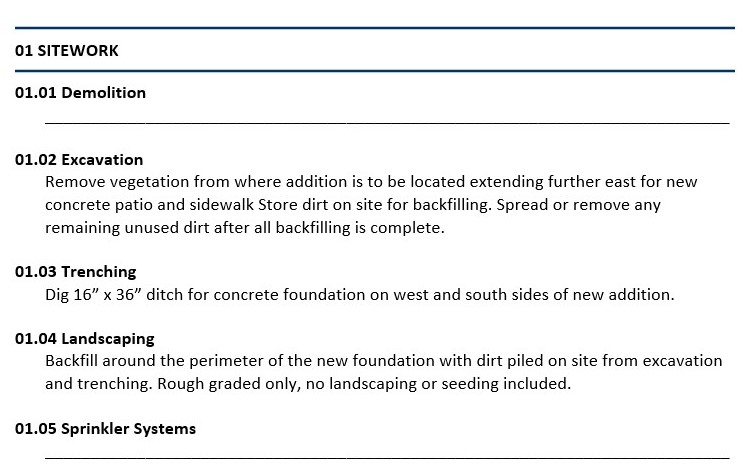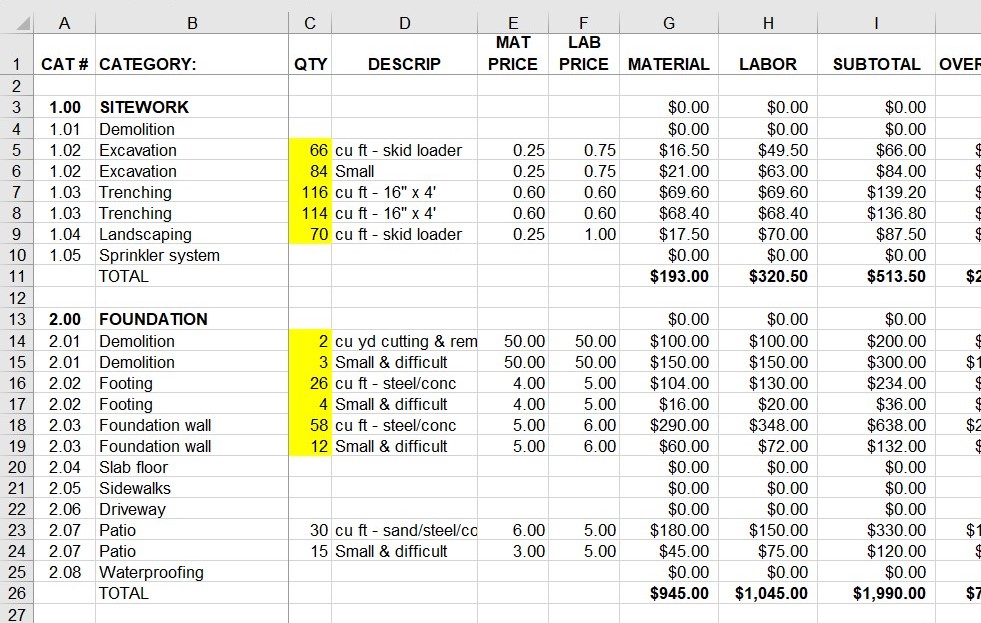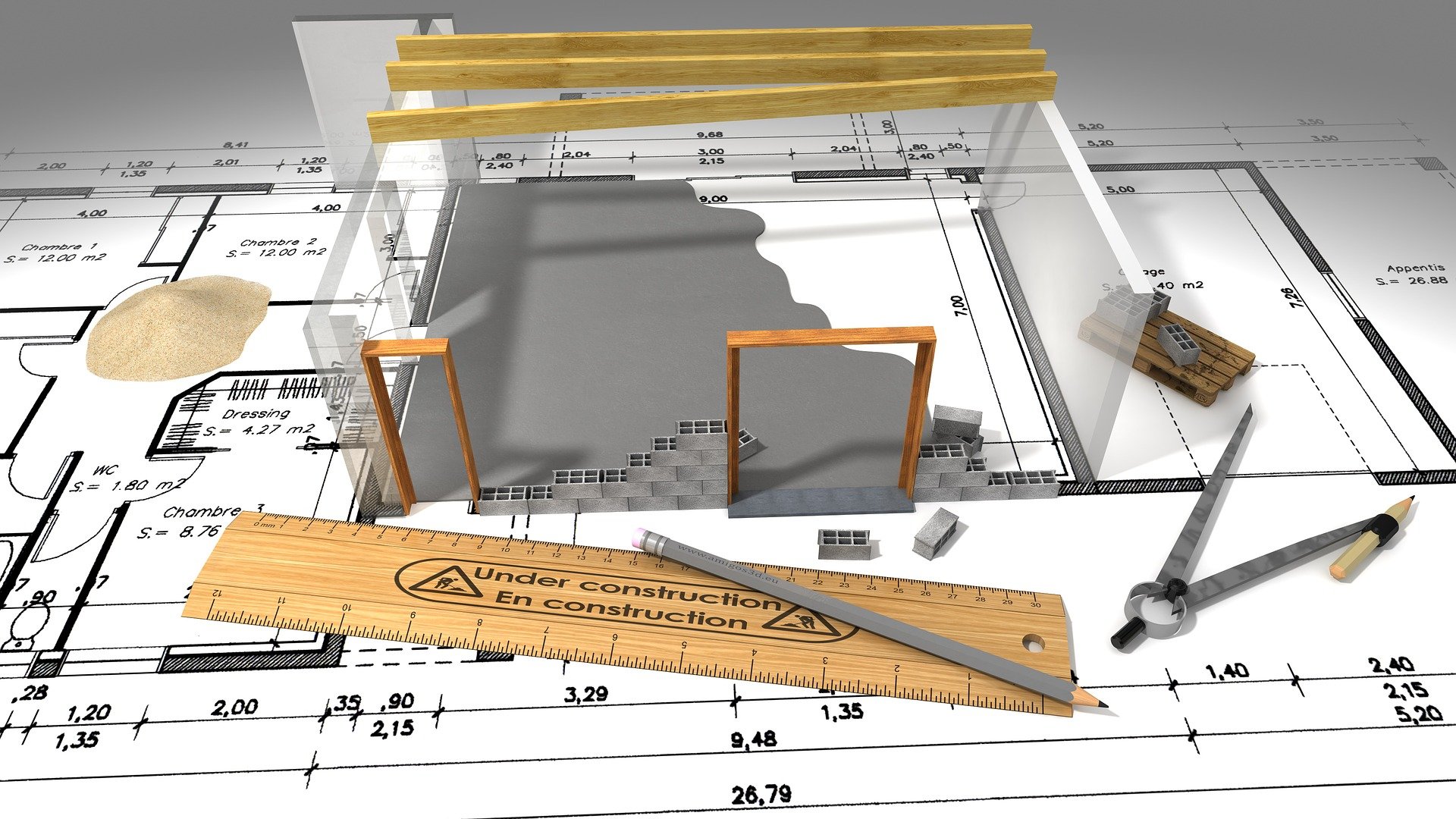Finding the Right Contractor for the Project Can Be a Problem
This is a construction industry issue…and it shouldn’t be.
We’ve all heard horror stories where someone either couldn’t find a contractor or hired one that later they wished they hadn’t.
I’m currently discussing this with someone in the middle of one of these situations.
After recently buying a home, they found a soft spot in the floor next to an exterior wall. With some further investigation they discovered some moisture damage that includes subfloor, floor joist and exterior wall problems. Some of the issues are structural.

The first hurdle was, having recently moved to a new location, they didn’t know anyone. They began looking for contractors, finally finding a few. After contacting them, only a couple came to look at the project. Of those who did, one never followed back up and the other said they wouldn’t do the structural work.
They had reservations about these contractors. It didn’t help that they had previously had issues with a painting contractor on a different house.
If this water damage is not fixed it’s going to lead to more significant problems in the future. Finding himself in this spot, the homeowner began to consider doing the work himself. He has done some small construction projects previously, but it didn’t take him long to realize this one was more than he could do.
Not knowing what else to do he contacted me.

Theses homeowners used to live closer and knew me through a family member. The first question was, would I come the 2+ hours to do the work?
We’ve done work further away than this before, but they were bigger projects.
My biggest concern was finding qualified sub-contractors willing to go that far for a project of this size. It will be harder with everyone currently being so busy here close to home.
I felt his pain and really wanted to help him!
It’s a problem to find qualified construction contractors, especially in sparsely populated areas. There are too many people who call themselves contractors, but really are just a guy with a hammer.

Having run into this problem numerous times throughout my career, I have given a lot of thought to possible solutions to this problem.
One of the options that continually came up in these situations is long distance construction consulting.
What exactly would this long-distance construction consulting consist of?
This is the real question, isn’t it?
The customer’s issues come down a lack of construction experience and include things like –
- Questions to ask the contractors
- Communication to expect from contractors
- Construction processes, standards and codes
What if there was a way for construction customers to have an experienced contractor in their corner? Someone to explain the process and support them through the process.
I’m working on this as an option for this customer. Providing the support and insight needed to get their repairs done. Giving them the comfort of a professional they trust that has their back through this process.

This service would include –
- Me going to the job site and evaluating the project
- Preparing a scope of work that could then be presented to less experienced contractors, giving them the expectations for the work to be performed.
- Preparing a budget for the customer so they would have a price to compare to prices from contractors
- Me reviewing pictures and reports from the customer as the onsite manager
This would be similar to what a general contractor would provide with the exception of actual construction work.
Now I’m going to get to work on figuring out what this service will cost them and preparing a proposal for it.
I will let you know how this construction customer consulting goes as we move forward.












































